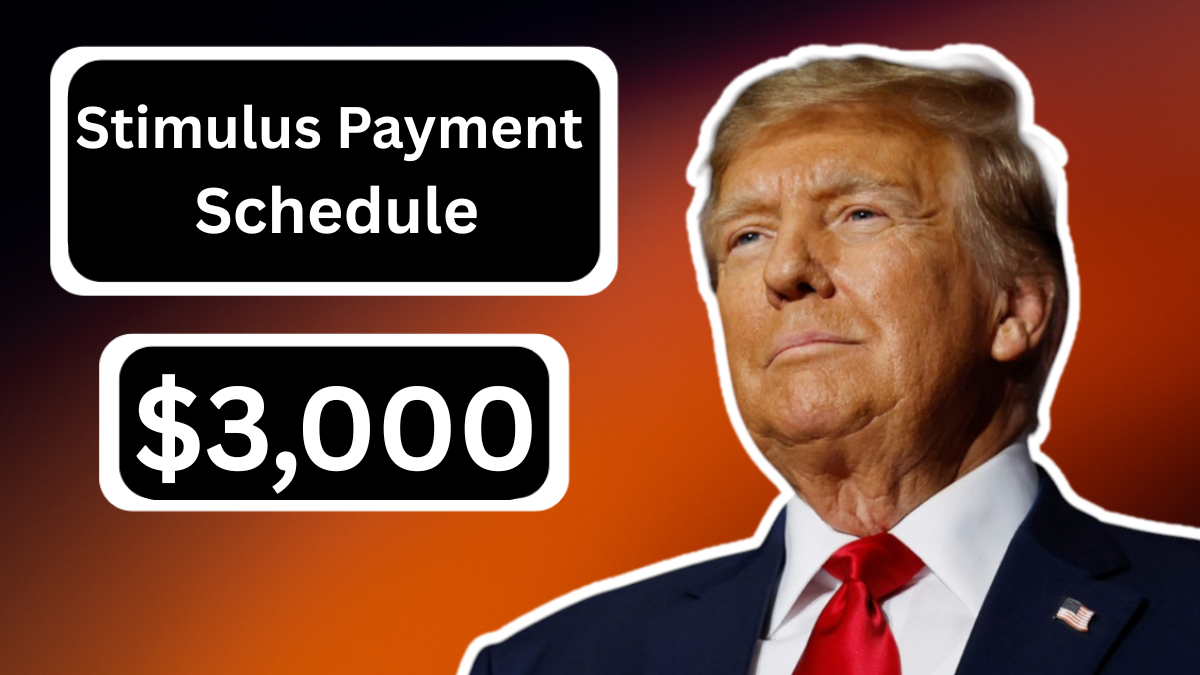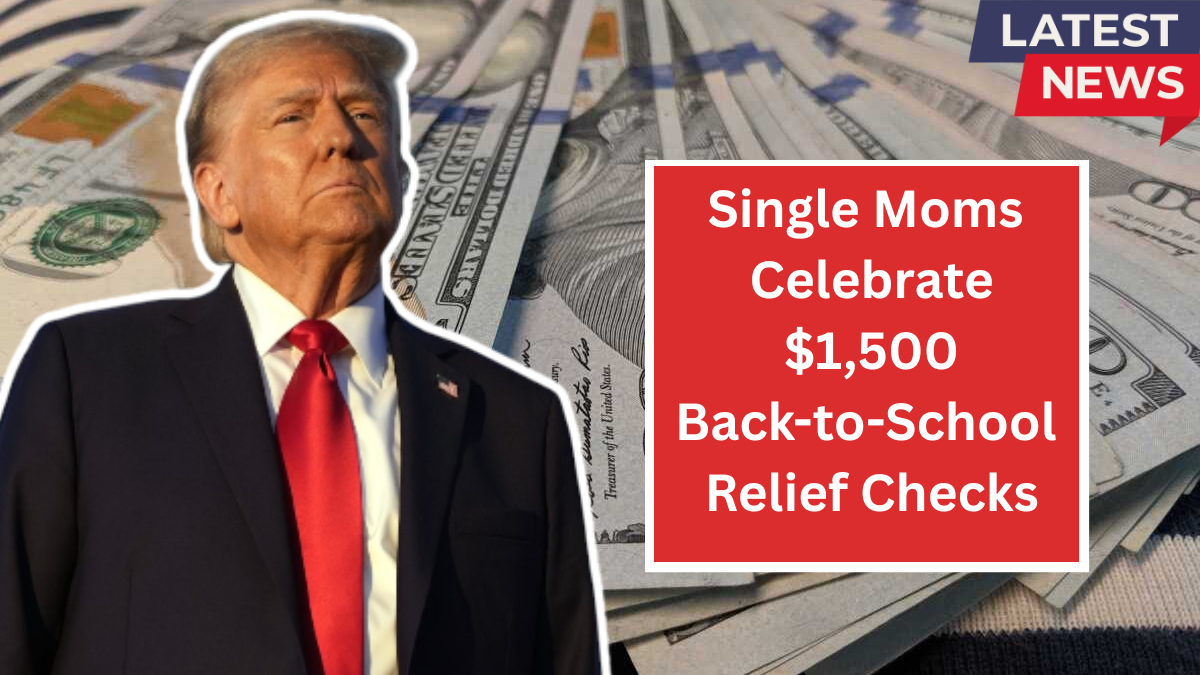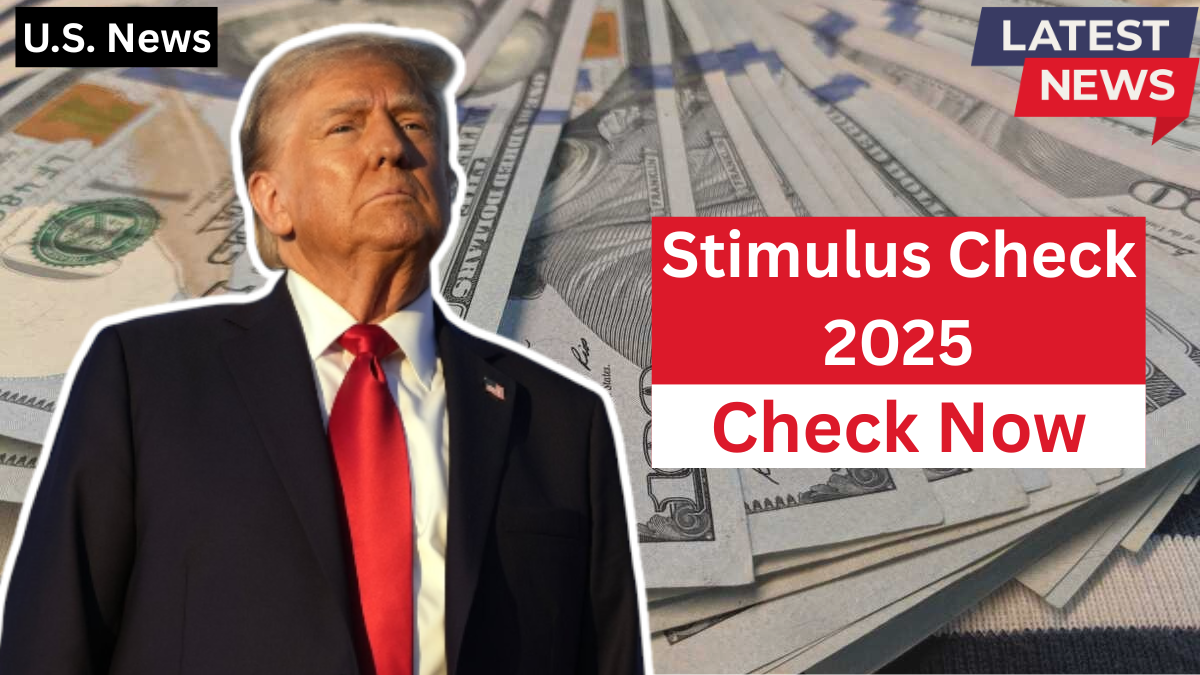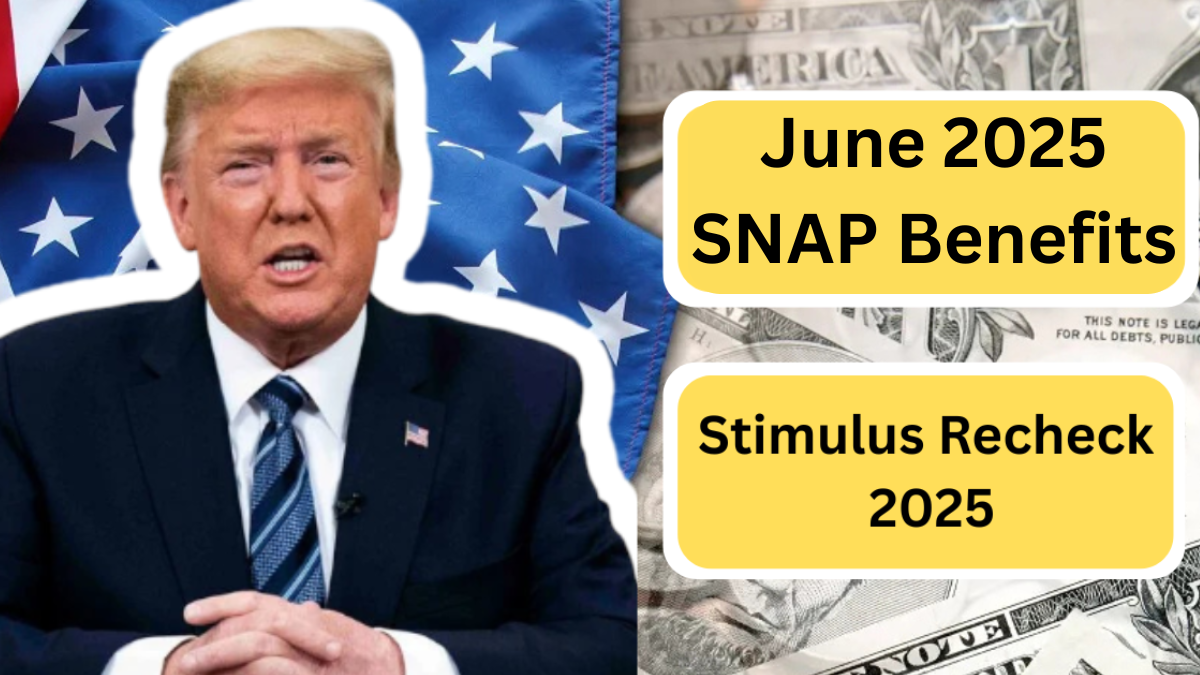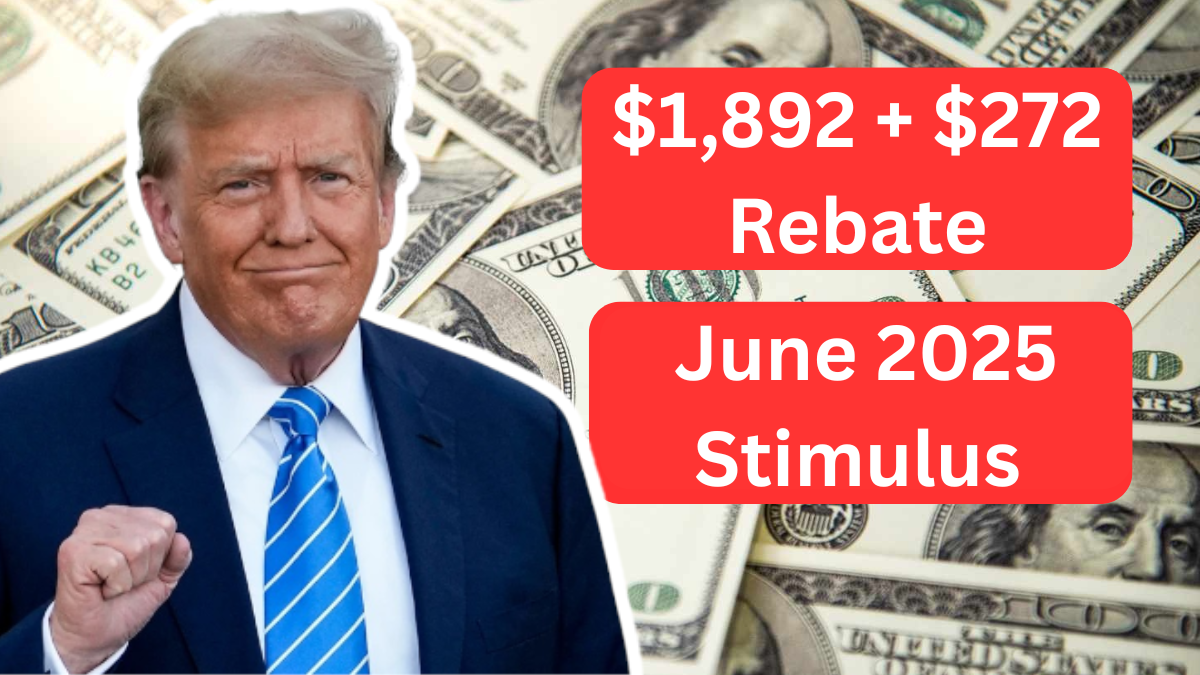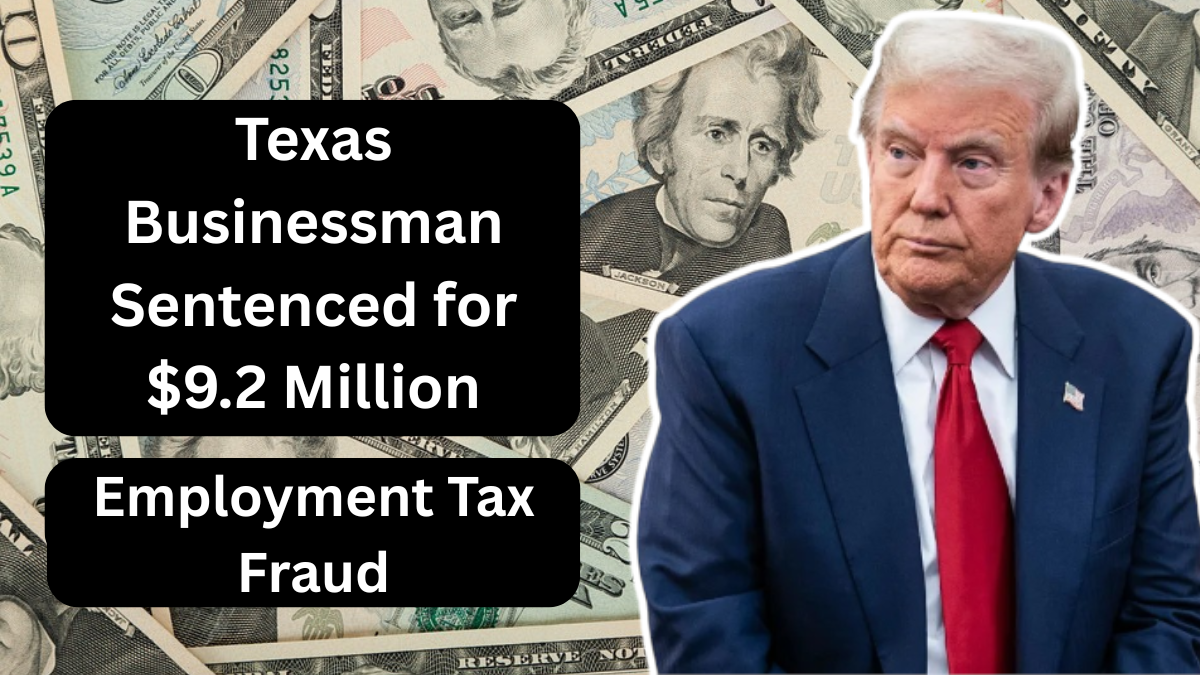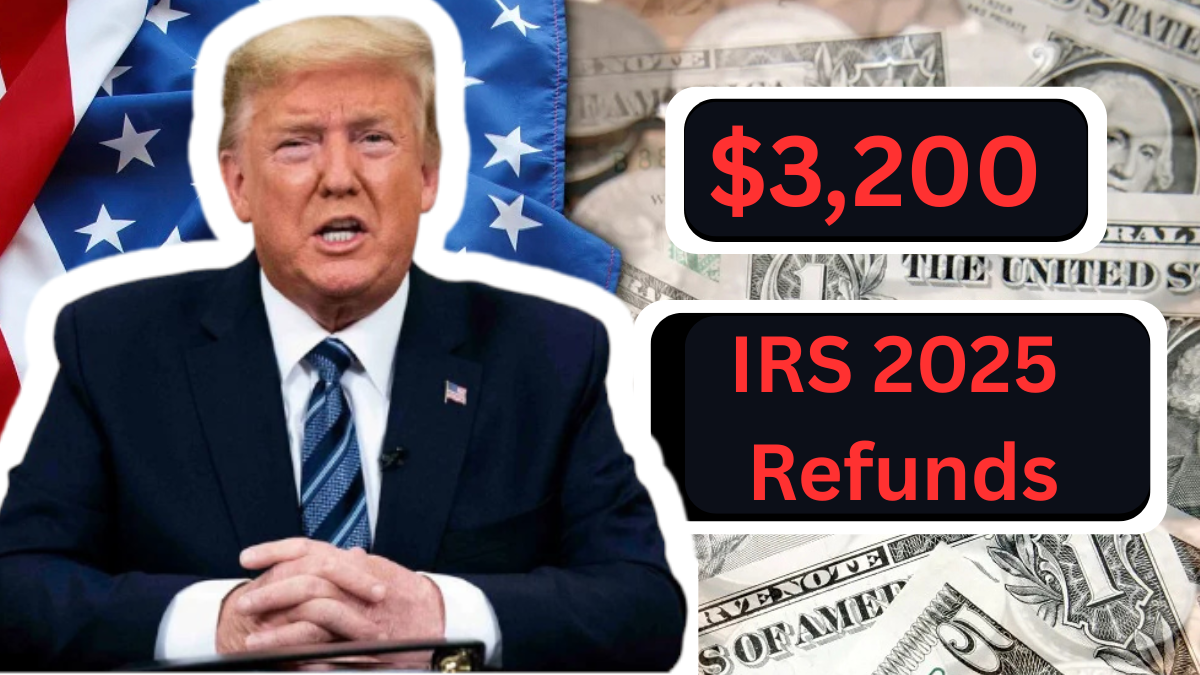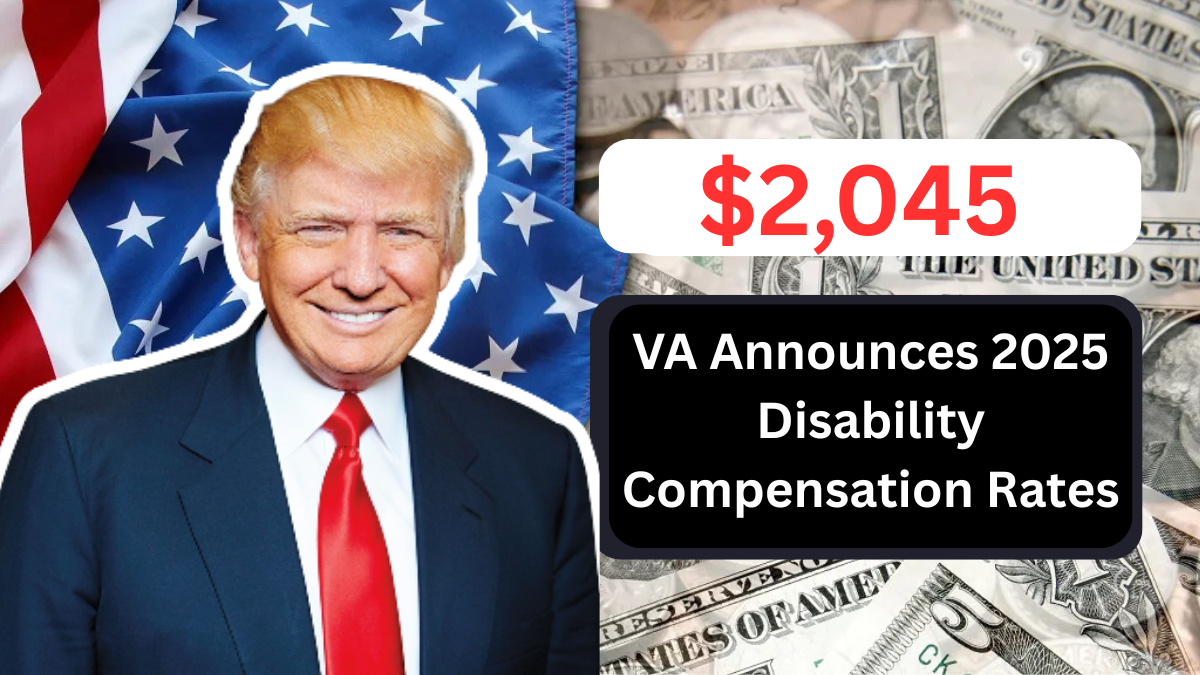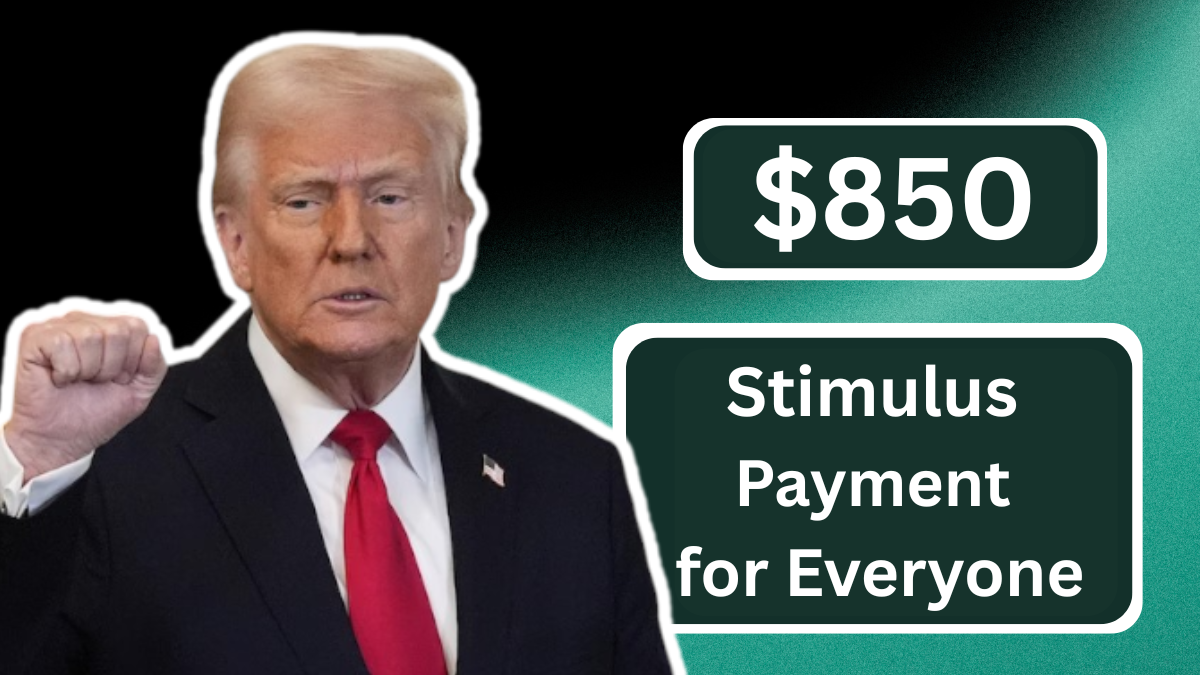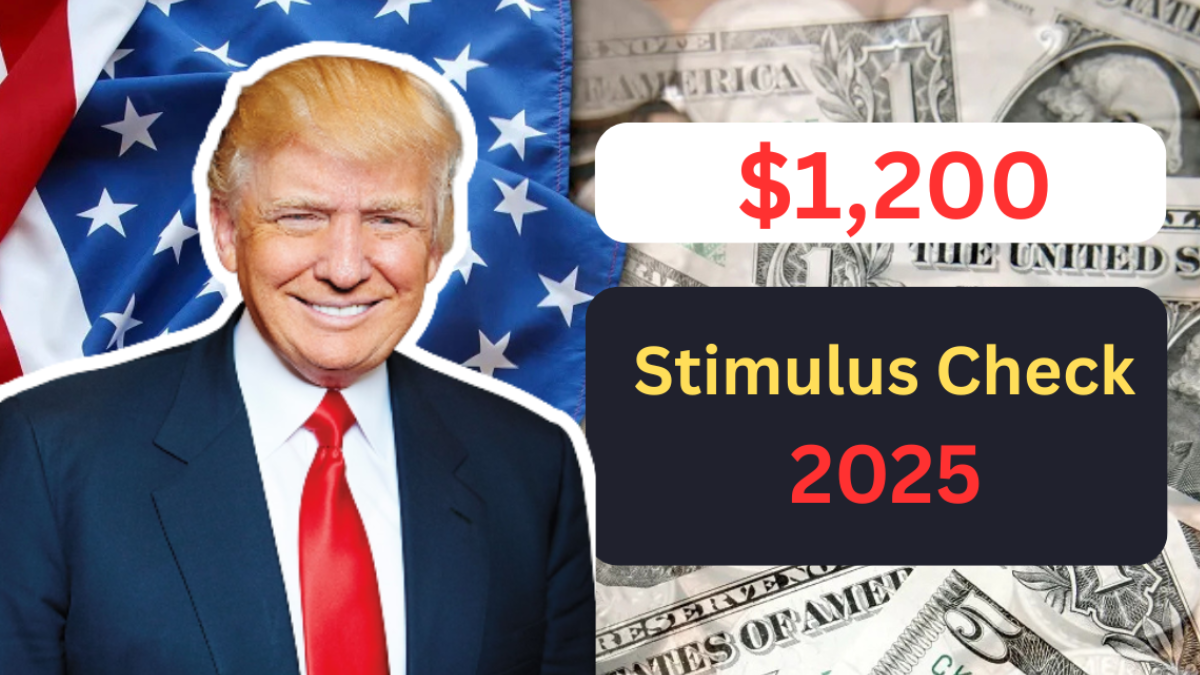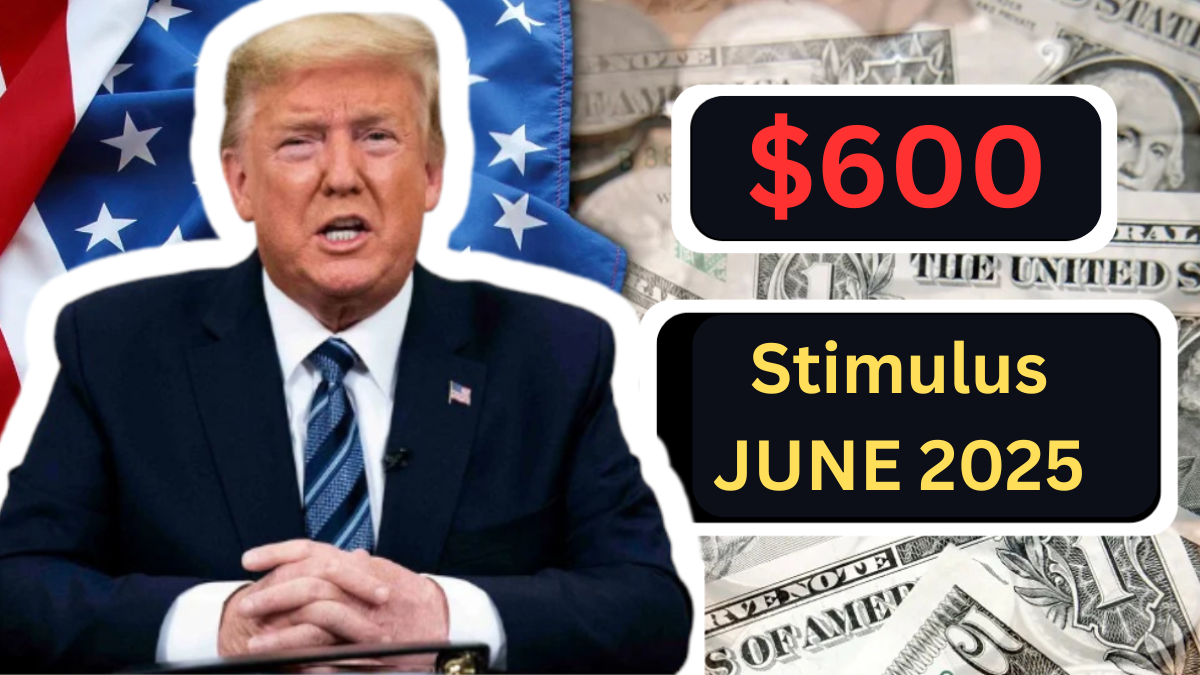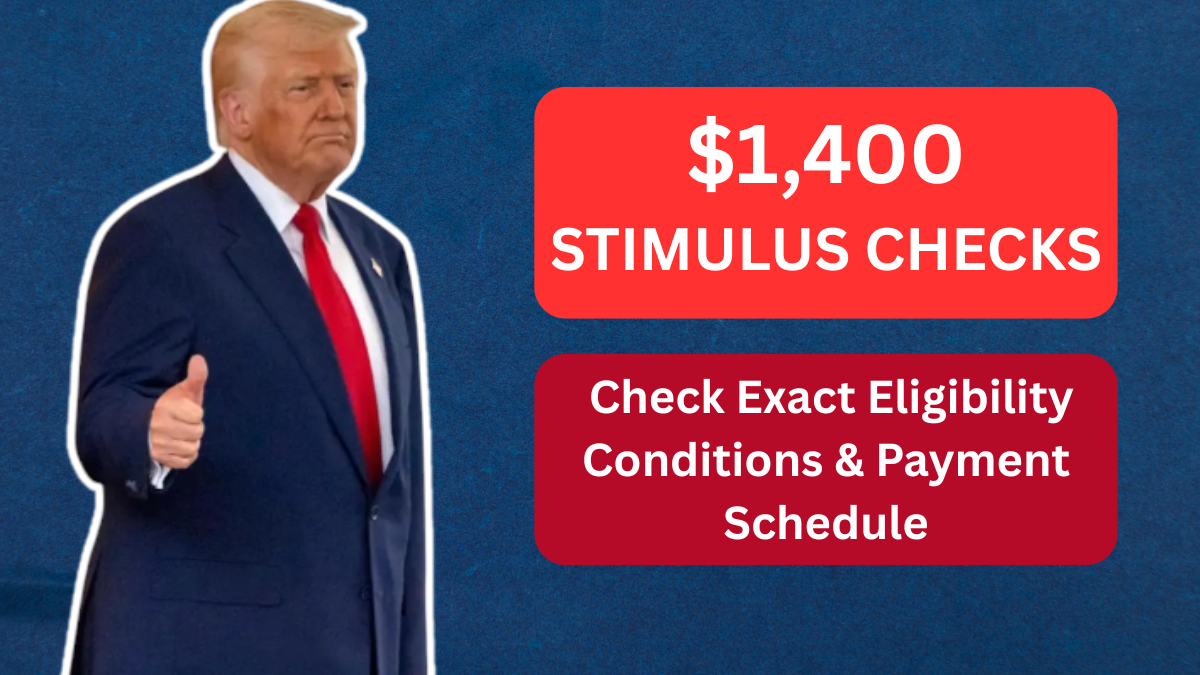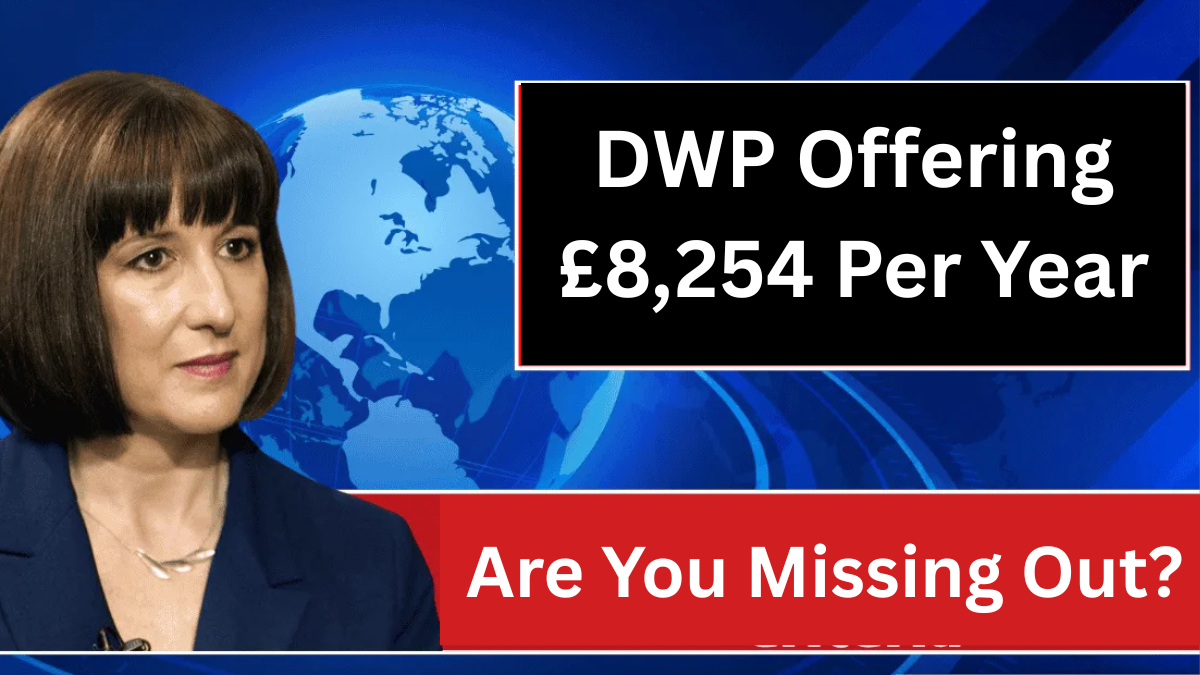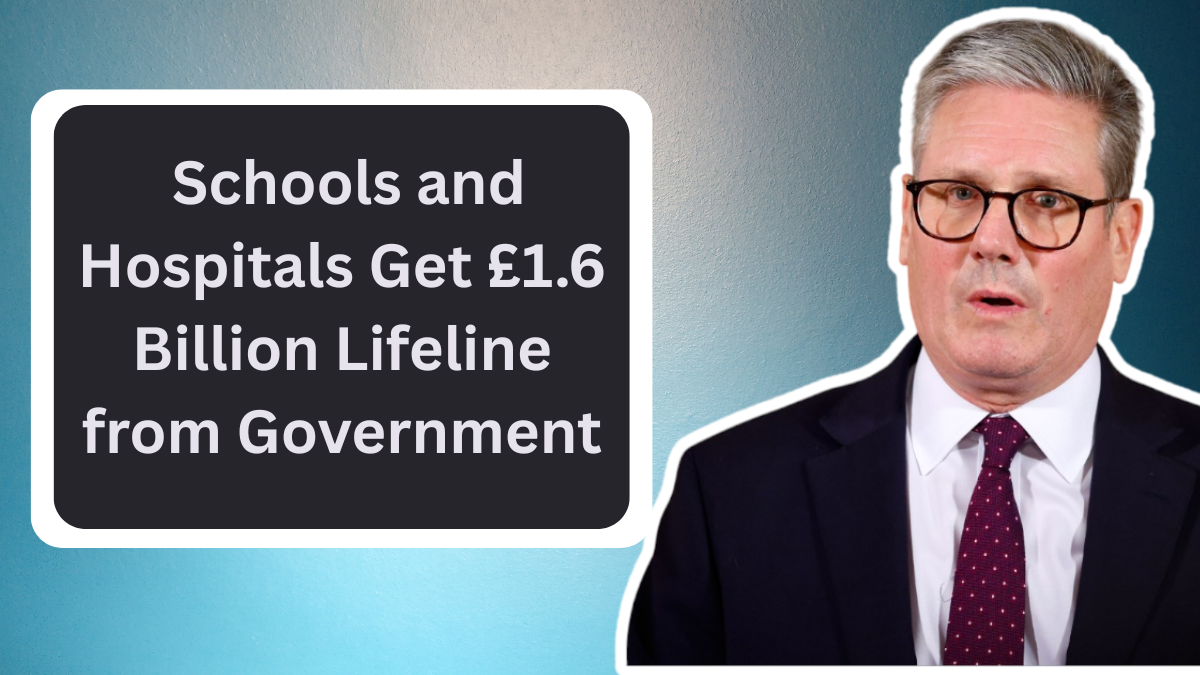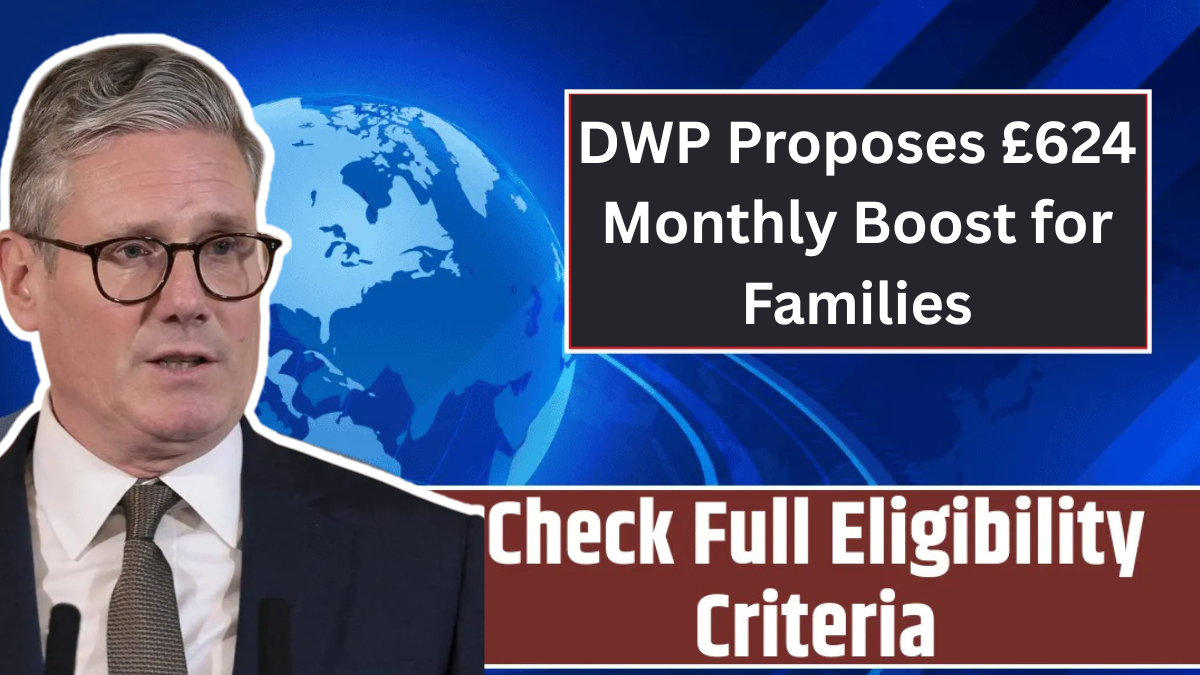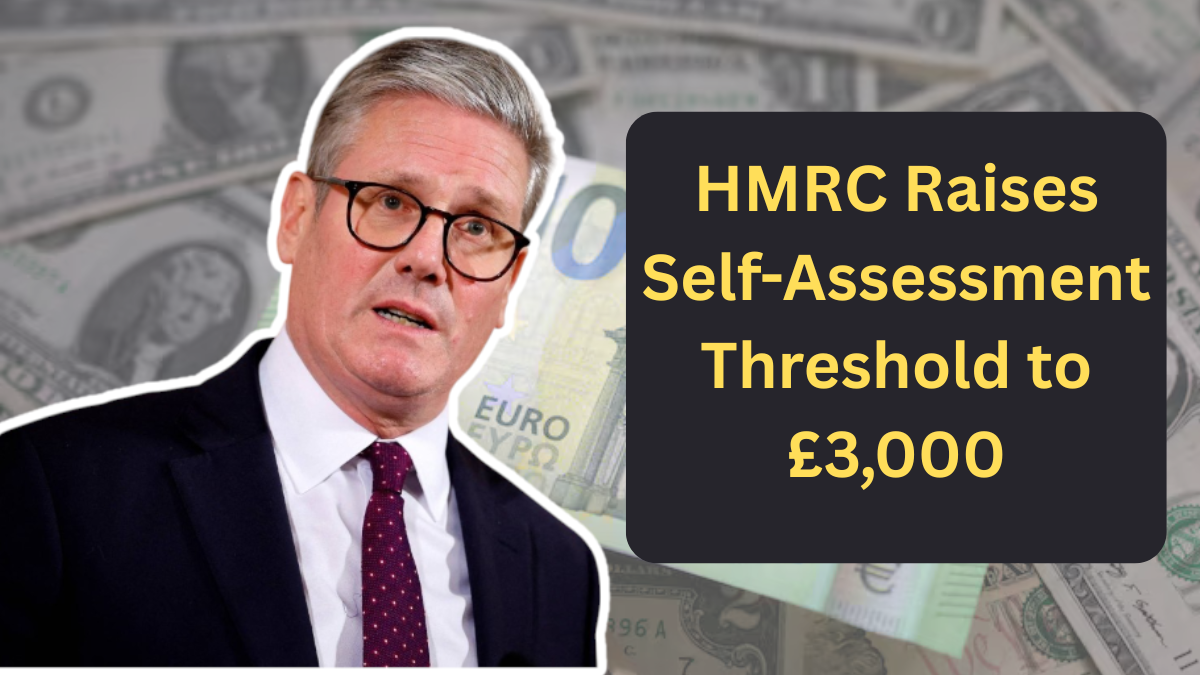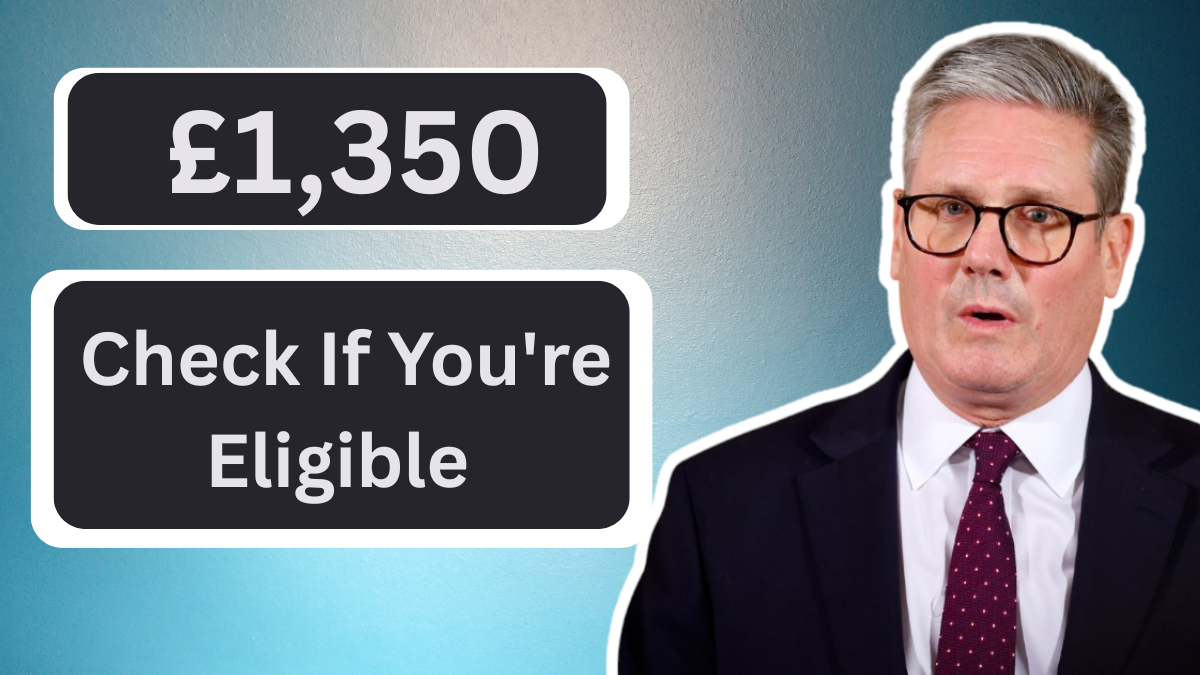In 2025, the U.S. government is issuing $3,000 stimulus payments to eligible Americans who missed out on previous Economic Impact Payments. This initiative aims to provide financial relief to individuals and families affected by the economic downturn. Understanding the eligibility criteria, payment schedule, and application process is crucial to ensure you receive this benefit.
What Is the $3,000 Stimulus Payment?
The $3,000 stimulus payment is a one-time financial assistance program designed to help eligible Americans cope with rising living costs. This payment is part of the government’s efforts to alleviate economic strain and support household stability.
Who Is Eligible for the $3,000 Stimulus Payment?
Eligibility for the $3,000 stimulus payment includes:
- U.S. citizens or legal residents
- Individuals with an annual income below $100,000
- Heads of households earning less than $150,000 annually
- Married couples with a combined income under $200,000
- Recipients of government assistance programs such as SSI, SSDI, SNAP, or Medicaid
It’s important to note that eligibility criteria may vary slightly depending on specific program guidelines.
Payment Schedule: When Will You Receive the $3,000?
The distribution of the $3,000 stimulus payments is scheduled in phases:
- First Wave: July 15–30, 2025
- Second Wave: August 1–15, 2025
- Final Wave: August 16–31, 2025
Payments will be issued via direct deposit or mailed checks, depending on the information provided in your most recent tax return.
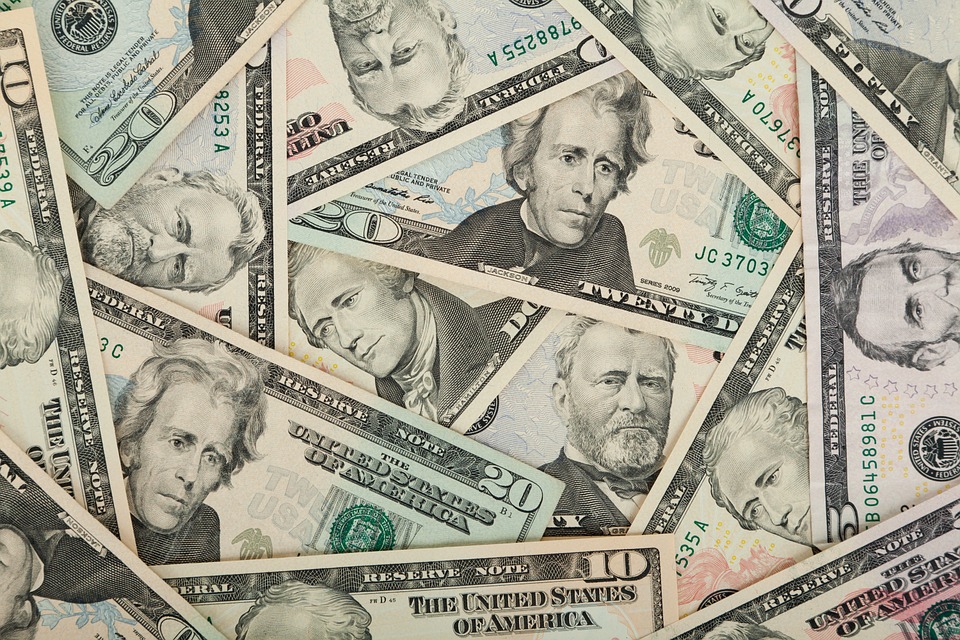
How to Apply for the $3,000 Stimulus Payment
If you have filed your 2023 or 2024 tax returns, no additional application is necessary. The IRS will automatically process your payment based on the information on file.
For those who haven’t filed taxes or need to update their information, visit the official IRS website:
Here, you can access tools to check your eligibility, update your address or banking information, and find answers to common questions.
Current U.S. Government Officials Overseeing the Stimulus Program
The stimulus program is overseen by key government officials:
- President: Donald Trump
- Vice President: JD Vance
- Secretary of the Treasury: Scott Bessent
- Secretary of Health and Human Services: Robert F. Kennedy Jr.
- Secretary of Labor: Lori Chavez-DeRemer
These officials are responsible for implementing and managing the distribution of the stimulus payments.
The $3,000 stimulus payment is a significant step by the U.S. government to provide financial relief to those affected by economic challenges. By understanding the eligibility criteria, payment schedule, and application process, you can ensure that you receive the assistance you are entitled to. Stay informed by regularly checking official government websites for updates and additional information.
❓ Frequently Asked Questions (FAQs)
Q1. Is the $3,000 stimulus payment taxable?
A1: No, the stimulus payment is not considered taxable income.
Q2. Can I receive the payment if I receive Social Security or SSI?
A2: Yes, recipients of Social Security, SSI, and other government assistance programs are eligible.
Q3. What if I moved recently?
A3: Update your address with the IRS at https://www.irs.gov to ensure you receive your payment.
Q4. Is there a deadline to claim the payment?
A4: While most payments are automatic, it’s advisable to file your tax return or update your information by August 31, 2025.
Q5. Where can I track my payment?
A5: Use the IRS “Get My Payment” tool at https://www.irs.gov/coronavirus/get-my-payment to track your payment status.
